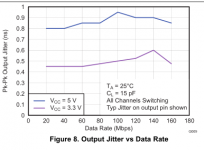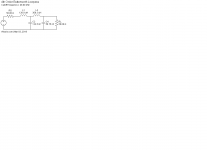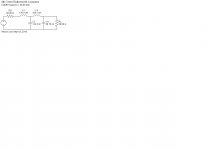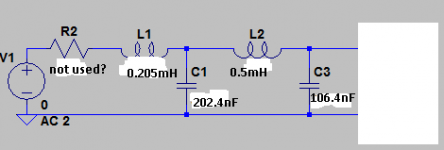I can't view anything on DIYINHK's site as it needs a captcha which is blocked by the Great Firewall.
So you are using an I2S isolator to isolate DSD? My guess is this will introduce rather a lot of jitter. The output impedance of the isolator will depend on the particular chip used - do you know the part number?
So you are using an I2S isolator to isolate DSD? My guess is this will introduce rather a lot of jitter. The output impedance of the isolator will depend on the particular chip used - do you know the part number?
Texas Instruments ISO7640FM
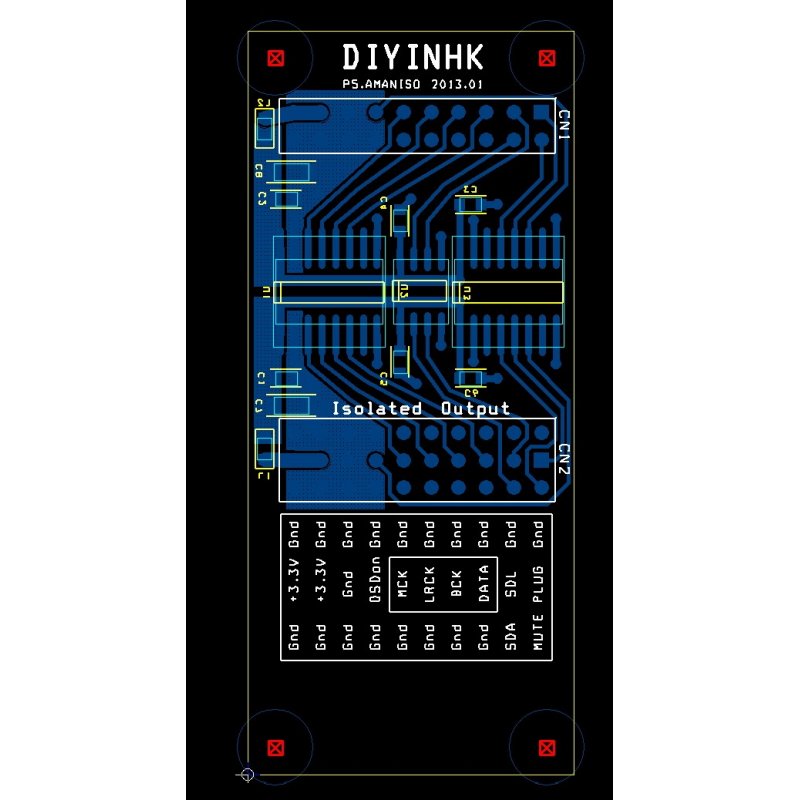
I don't populate U2: I2C Isolator (Texas Instruments ISO1540 or equivalent)
U3: >1Mbps 3/0 or 4/0 channel Isolator (Texas Instruments ISO7230/ISO7240 or equivalent)

I don't populate U2: I2C Isolator (Texas Instruments ISO1540 or equivalent)
U3: >1Mbps 3/0 or 4/0 channel Isolator (Texas Instruments ISO7230/ISO7240 or equivalent)
I estimate the output resistance of the isolators at 50ohm (0.2V drop at 4mA output current) assuming they're powered from 5V. At 3.3V the Zout is higher.
So for 5V supply you'll need a 150R resistor between the ISO7640FM and the LC filter.
In regard to jitter, the plot shows about 0.8nS which corresponds to modulation of the 50/50 duty cycle at zero (1.4MHz squarewave) by around 0.1%. So you'll be getting about -60dB peak noise due to this jitter. That's not to say your audio bandwidth SNR will only be 60dB though as the bulk of this additional noise will be ultrasonics.
So for 5V supply you'll need a 150R resistor between the ISO7640FM and the LC filter.
In regard to jitter, the plot shows about 0.8nS which corresponds to modulation of the 50/50 duty cycle at zero (1.4MHz squarewave) by around 0.1%. So you'll be getting about -60dB peak noise due to this jitter. That's not to say your audio bandwidth SNR will only be 60dB though as the bulk of this additional noise will be ultrasonics.
Attachments
Last edited:
Thank you, I will try without I2S isolator because with RC filter the noise was too much strong.
I've been considering isolation for a multi-channel FPGA based DSD DAC that I'm designing. The conclusion that I came to is that the isolated outputs need to be retimed to eliminate the jitter due to the isolators (and FPGA).
It makes sense therefore to have the main clock source on the output side of the isolators and to feed the clock back to the FPGA through another isolator. This also provides a 'quieter' environment for the oscillator.
It makes sense therefore to have the main clock source on the output side of the isolators and to feed the clock back to the FPGA through another isolator. This also provides a 'quieter' environment for the oscillator.
Butterworth or Chebyshev would be fine - I suggest Butterworth as its simpler to design. The corner frequency depends on you - perhaps 50kHz -3dB would be fine as a first attempt.
A 4th order LC would have two series inductors and two shunt capacitors, followed by a resistive termination
<edit> Attached a schematic based on a design I did for an ESS DAC. Its Butterworth but 30kHz -3dB.
Now I don't use I2S isolator because introduces a lot of noise.
How can mod the filter for 50 ohms characteristic impedance to drive directly the Amanero?
Using an online calculator result is attached schematic.
Attachments
Last edited:
If by 'drive directly the Amanero' you mean 'be directly driven by the Amanero' then no need to modify the filter, just include a 150ohm series resistor between the Amanero and this filter.
All my loads are 100K input impedance, It's necessary to change the filter?
Like attached schematic?
Like attached schematic?
Attachments
Last edited:
Thank you. All my loads are 100K input impedance, It's necessary to change the filter?
What calculator do you used to make the filter?
What calculator do you used to make the filter?
If you connect this filter to a 100k input impedance (=100k load) then that's totally OK. No need to match the filter to the input impedance.
I think I made the filter with an online calcuator then tidied it up in LTSpice. Can't be sure which online calculator, could have been this one : Chebyshev Pi LC Low Pass Filter Calculator
I think I made the filter with an online calcuator then tidied it up in LTSpice. Can't be sure which online calculator, could have been this one : Chebyshev Pi LC Low Pass Filter Calculator
Wait, before all my loads I use Dave Slage AVC as volume control but I believe don't care, right?
Last edited:
Trafos perform best in general when driven from the lowest impedance sources. I'm not familiar with the Slagle AVC so don't know how low a source impedance it likes. I'd guess that 100R (as here) isn't a worry.
Yes Dave told me his AVC needs a low impedance to drive well. Thanks for all support abraxalito.
I did mention I wasn't sure it was that calculator ....
Yes sorry. I only want to contrast your design to be sure is good.
If you simply want to change the characteristic impedance to 50ohm then divide the two inductance values by 4 and multiply the two capacitances by 4.
- Home
- Source & Line
- Digital Line Level
- low pass filter for DSD
